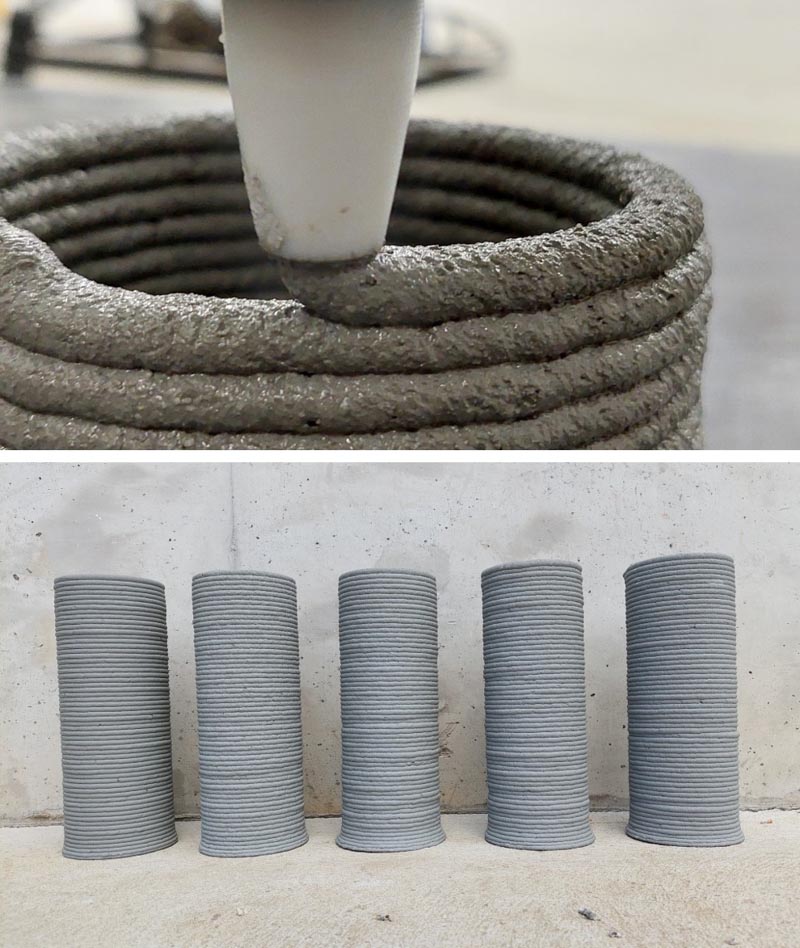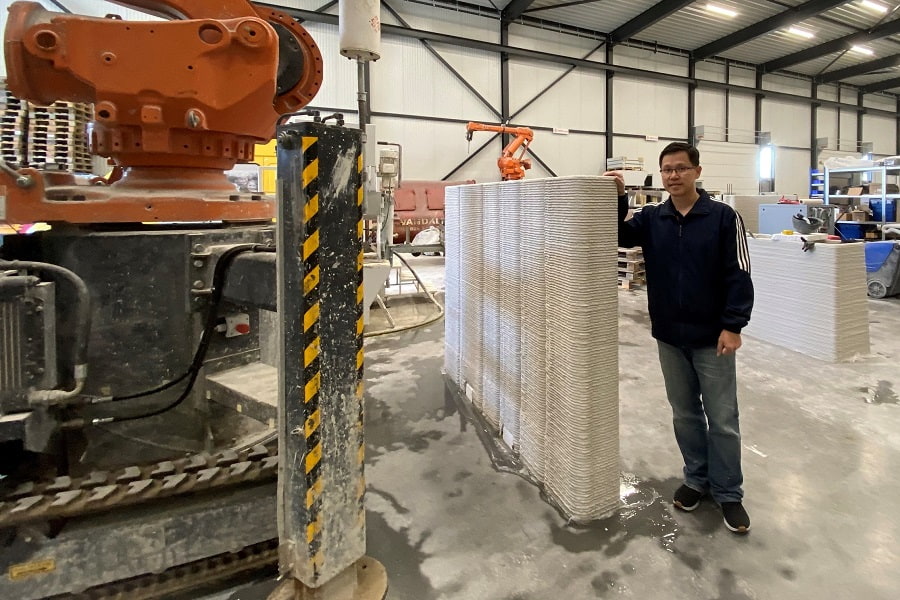Mekong Delta at a crossroads: Land loss and livelihood shifts
Climate and economic pressures are transforming Vietnam’s Mekong Delta, forcing millions to rethink their future as land inequality deepens and farming landscapes shift.
Vietnam’s economy amid the global shift towards risk-taking for growth
As the global economy enters a phase of looser regulation and higher risk tolerance during 2024–2026, Vietnam is facing significant opportunities. However, these come with structural challenges, according to Dr Chu Thanh Tuan from RMIT Vietnam.
AI and music: Digital symphony or the end of human creativity?
From viral AI-generated remixes getting millions of views on TikTok to intensifying copyright battles, the music industry stands at a crossroads: Are we witnessing the dawn of a new creative era, or the twilight of human authenticity?
Vietnamese music enters a new era of identity and global reach
A new whitepaper from RMIT University reveals how Vietnamese artists and audiences are blending cultural heritage with global trends to carve out a distinctive V-Pop identity.







